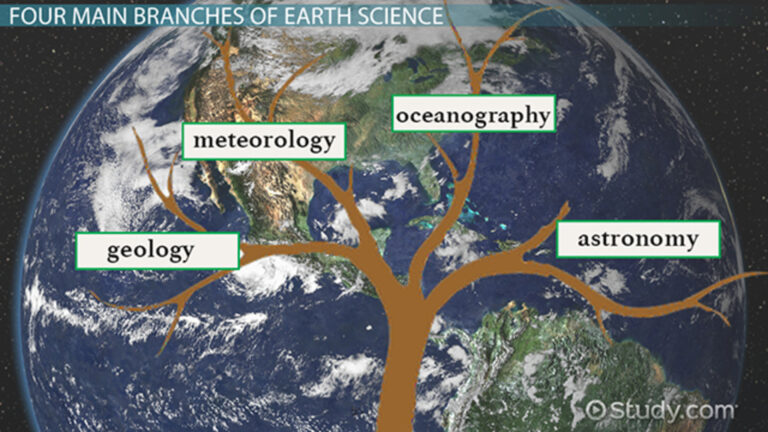
Funnel SEO
Introduction: Understanding the Concept of Funnel SEO
In the world of digital marketing, visibility is only half the battle. The real challenge lies in turning visitors into customers, and that is where Funnel SEO comes in. Traditional SEO focuses on driving traffic to a website, but funnel SEO goes one step further by ensuring that every visitor is guided through a strategic journey — from discovery to conversion. In simple words, funnel SEO is the process of optimizing each stage of your sales funnel so that search traffic doesn’t just arrive at your site but also takes meaningful action.
Funnel SEO combines keyword optimization, content strategy, and user experience to create a structured path for users. Instead of random traffic, it attracts the right audience, nurtures their interest, and helps them make a decision. This method is especially powerful in today’s competitive online market, where users have countless options and limited attention spans.
What Is Funnel SEO and Why Does It Matter
Funnel SEO is a strategy that aligns your search engine optimization efforts with the customer journey. The funnel typically has three key stages: the awareness stage, where users first discover your brand; the consideration stage, where they evaluate your offerings; and the conversion stage, where they finally make a purchase or take an action. By understanding what users are searching for at each stage, you can create targeted content that answers their questions and builds trust.
Unlike traditional SEO, which primarily focuses on rankings and traffic, funnel SEO aims for conversions. It ensures that every piece of content serves a purpose in moving users further down the funnel. This approach increases the quality of leads and improves return on investment, making it one of the most effective digital strategies available today.
Stage 1: Awareness — Capturing Initial Interest
At the top of the funnel, users are exploring their problems or needs but may not yet know about your brand. This is where your goal is to create awareness. Funnel SEO starts with identifying informational keywords that your audience is searching for. For example, someone looking for “how to improve website ranking” or “best marketing strategies” is in the awareness stage. By writing informative blogs, guides, or educational articles, you can position your website as an authority in your niche.
At this stage, optimizing your meta titles, descriptions, and headers with relevant keywords is essential. Your content should be helpful and easy to read. The more value you provide, the more trust you build. When searchers repeatedly find your site while looking for solutions, your brand awareness increases naturally, and your domain earns higher authority in Google’s algorithm.
Stage 2: Consideration — Building Trust Through Value
Once a user becomes aware of your brand, they move to the middle of the funnel, known as the consideration stage. Here, they are comparing different options, products, or services. The focus of funnel SEO at this level is to educate and convince. You can achieve this through in-depth content such as case studies, comparison articles, or step-by-step tutorials that demonstrate your expertise.
In this phase, your keywords should shift from general information to solution-based phrases like “best SEO agency,” “SEO services pricing,” or “how to get more leads online.” Visitors at this point want proof that your business can deliver results. Optimizing your pages with internal links, testimonials, and examples helps guide them toward the next step. The goal here is not to push a sale but to make your audience confident that your brand is credible and experienced.
Stage 3: Conversion — Turning Visitors into Customers
The final stage of funnel SEO focuses on conversion. At this point, users are ready to make a decision, so your website must make the process easy and persuasive. Conversion optimization includes clear calls to action, engaging landing pages, and user-friendly navigation. Every word, image, and form should lead the visitor toward taking an action such as signing up, making a purchase, or requesting a quote.
SEO plays a vital role here as well. Keywords at the bottom of the funnel are usually transactional, like “hire SEO expert,” “buy digital marketing plan,” or “best SEO company near me.” These phrases show strong purchase intent, and ranking for them can bring high-quality leads. Moreover, including trust signals such as reviews, certifications, and money-back guarantees can significantly increase your conversion rate.
How Funnel SEO Improves Lead Quality
One of the biggest advantages of funnel SEO is that it attracts visitors who are genuinely interested in your products or services. Because the strategy targets users at every stage of the decision-making process, it filters out irrelevant traffic. The result is higher engagement, longer time on site, and a better conversion rate.
When you understand what your audience wants and match that with the right content and keywords, you not only bring more traffic but also convert it more effectively. This means that businesses using funnel SEO often see improved ROI compared to those relying only on general SEO tactics.
Creating a Funnel SEO Content Strategy
To build a strong funnel SEO plan, you must create content tailored to each stage of the funnel. In the awareness stage, focus on blog posts, how-to guides, and infographics. In the consideration stage, publish case studies, product comparisons, and expert interviews. For the conversion stage, craft optimized landing pages, testimonials, and pricing pages.
The key is to align your content with search intent. Someone searching for “what is SEO” is at the top of the funnel, while someone searching for “hire SEO consultant” is at the bottom. When you match your content to these intents, your site becomes more user-focused, and Google rewards it with better rankings.
Tracking the Performance of Funnel SEO
An effective funnel SEO strategy is always measurable. Tracking performance ensures that you can identify which parts of your funnel are working and which need improvement. Using tools like Google Analytics, Google Search Console, or SEMrush helps you monitor organic traffic, keyword performance, and conversion rates.
By analyzing data regularly, you can refine your strategy, improve content that underperforms, and strengthen pages that drive the most conversions. Funnel SEO is not a one-time setup; it’s an ongoing process of testing, learning, and optimizing for maximum growth.
Why Funnel SEO Is the Future of Digital Marketing
Funnel SEO is not just a trend — it’s a shift in how businesses approach online visibility and sales. It connects marketing goals with real customer behavior, creating a seamless path from curiosity to commitment. In a digital world filled with competition, companies that use funnel SEO have a major advantage because they focus on quality engagement rather than vanity metrics.
By understanding each stage of the funnel and optimizing accordingly, businesses can reduce bounce rates, increase lead generation, and build stronger customer relationships. This approach not only drives growth but also creates a sustainable system that continuously converts traffic into profit.
Conclusion
Funnel SEO is the smart evolution of traditional SEO. It focuses on the complete journey — from awareness to conversion — ensuring that every visitor receives value and direction. By optimizing each stage with the right keywords, content, and user experience, businesses can turn their websites into powerful lead-generation machines. Whether you are a small business or a large enterprise, adopting funnel SEO means investing in long-term success. It’s not just about ranking higher; it’s about building trust, engagement, and conversions that last.





